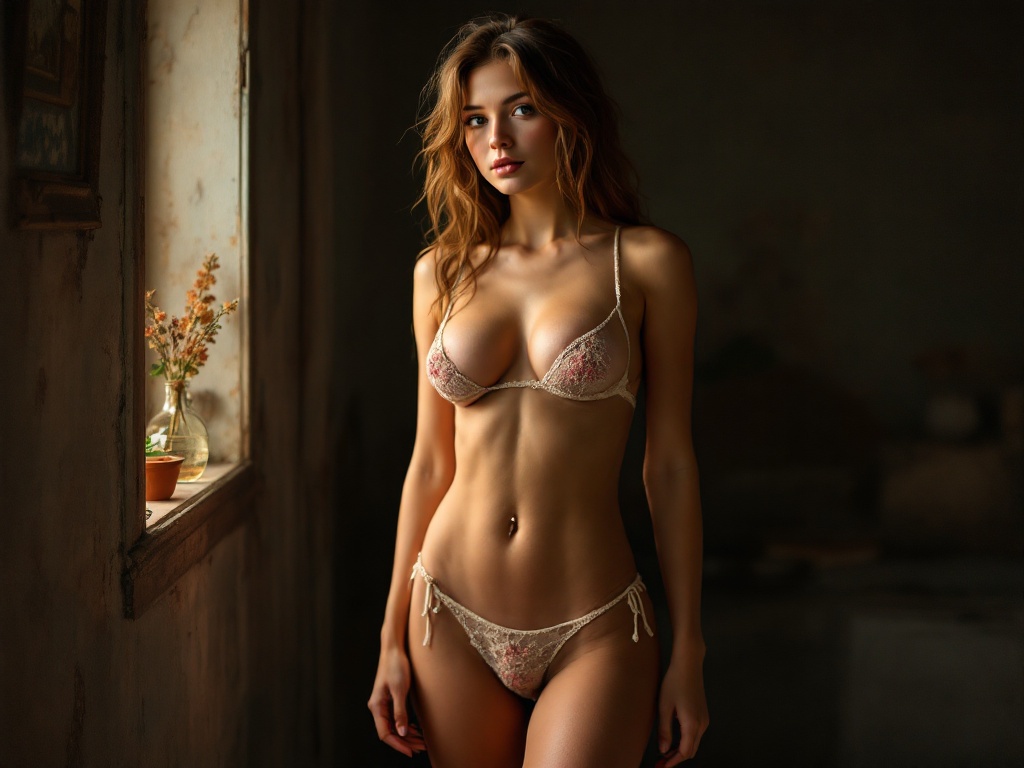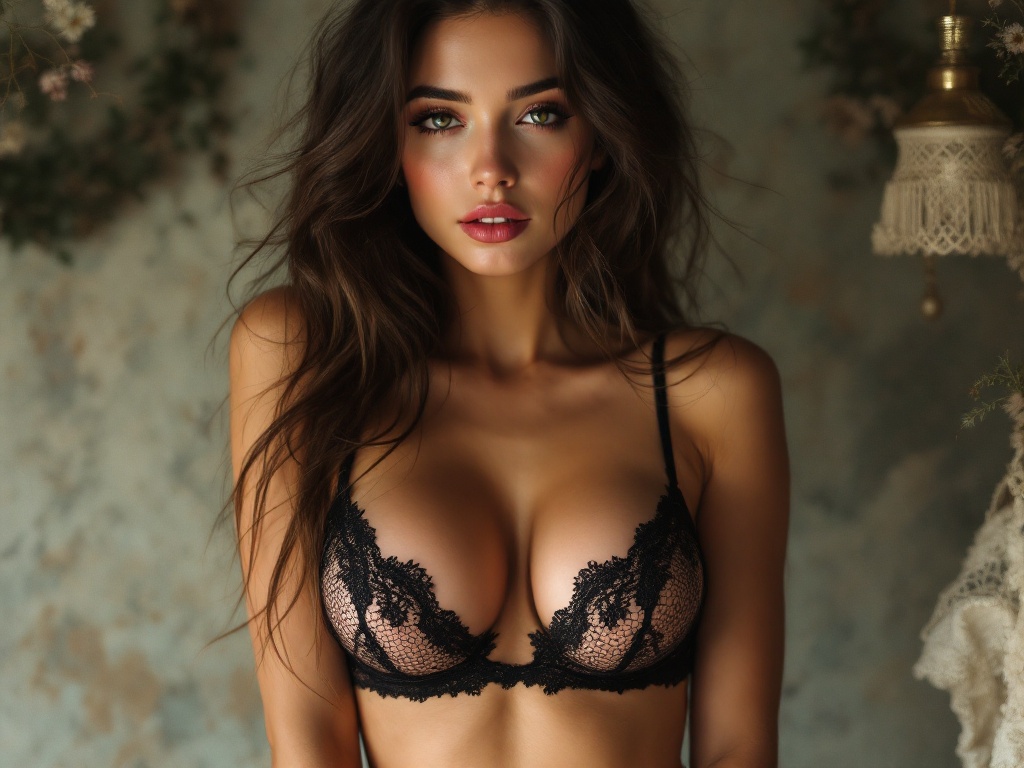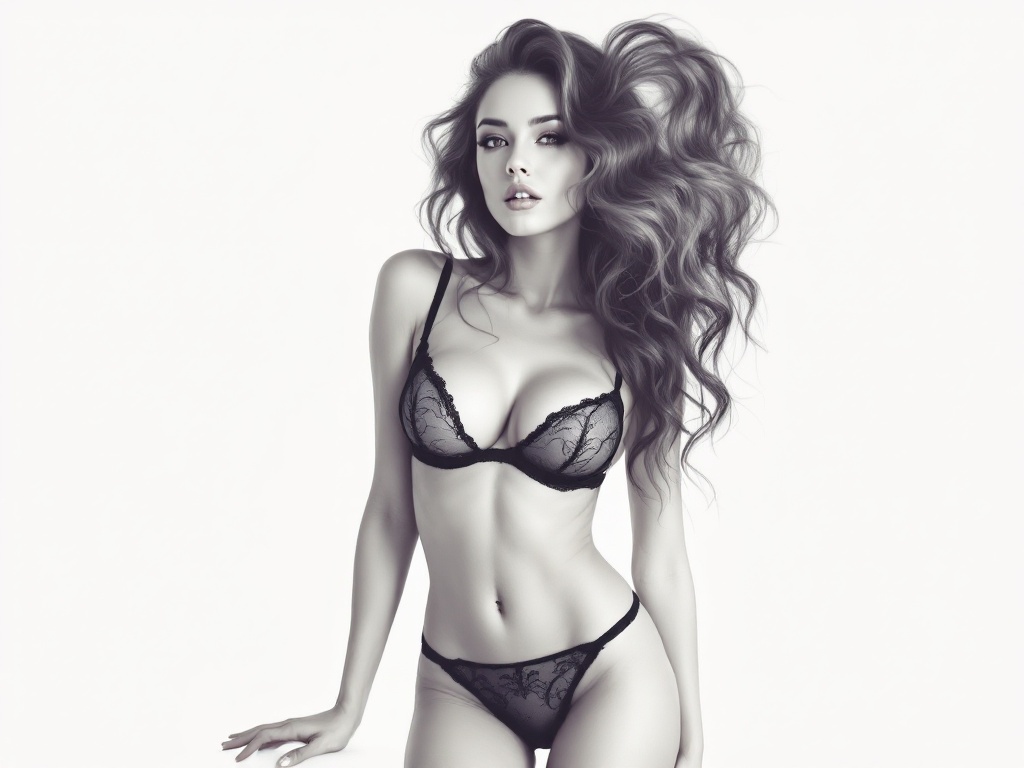
The Growth of AI in the Erotic Art Scene: A Historical Overview
Throughout history, art has been a reflection of societal values, personal expressions, and the evolving perception of human interaction. In recent years, the fusion of technology and creativity has opened exciting new doors, particularly in the realm of erotic art. As digital tools have become more sophisticated, they have transcended traditional boundaries, pushing the limits of artistic expression. Among these tools, artificial intelligence (AI) has emerged as a significant player, offering artists innovative ways to explore and express themes of sexuality and intimacy. This article aims to provide a comprehensive overview of the growth of AI within the erotic art scene, tracing its historical roots and evaluating its implications for the future. Join us as we navigate this intriguing intersection of desire and technology.
The Historical Context of Erotic Art

Erotic art has ancient origins, reflecting humanity’s age-old fascination with sexuality. From the voluptuous figures found in prehistoric cave paintings to the intricate sculptures of ancient Greek and Roman civilizations, erotic themes have been integral to artistic expression. Notable periods in history, such as the Renaissance and the Victorian era, have also contributed to shaping the perception and acceptance of erotic art.
Throughout these periods, various styles emerged, tending to fluctuate based on societal norms and cultural taboos. Artists like Gustav Klimt and Egon Schiele pushed boundaries in the early 20th century, challenging traditional depictions of the body. Although often met with controversy, such works paved the way for greater acceptance and exploration of erotic themes in art. The digital age has only accelerated this evolution, allowing for new mediums and techniques.
The Advent of Technology in Art Creation

Since the invention of photography in the 19th century, technology has played a vital role in transforming art creation. With the advent of digital art and computer software, artists gained unprecedented control over their work, enabling them to experiment with forms, colors, and themes that were previously difficult to achieve. The flexibility introduced by digital platforms expanded what was possible in the realm of erotic art.
As artists began to embrace technology, they explored themes of eroticism in ways that challenged conventional representations. Digital art software allowed for intricate manipulations of images, enabling artists to explore fantasy, desire, and intimacy on a cerebral level. These advancements set the stage for the next wave of creative evolution: the integration of artificial intelligence.
The Rise of Artificial Intelligence in Creative Fields
In recent years, artificial intelligence has begun to permeate various artistic disciplines, including music, photography, and painting. AI refers to systems capable of performing tasks that typically require human intelligence, such as understanding language, visual perception, and decision-making. Its introduction into the creative sphere has produced a wave of excitement and skepticism alike.
The concept of AI-generated art might sound futuristic, but it has already started to reshape the art landscape. Many traditional artists are grappling with the implications of this new technology, questioning its authenticity and the emotional depth that such creations might lack. Nevertheless, AI art has carved out its own niche, drawing attention at galleries and exhibitions where audiences are eager to engage with this new form of creative output.
AI’s Influence on the Erotic Art Scene
Within the specialized realm of erotic art, AI has increasingly played a transformative role. Artists are now using AI software to create pieces that explore complex themes surrounding sexuality, intimacy, and identity. Some cutting-edge platforms allow users to generate erotic images based on specific prompts or inputs, further blurring the lines between creator and creation.
| AI Art Tools | Features | Usage in Erotic Art |
|---|---|---|
| DeepArt | Transforms photos into art styles | Creates stylized erotic imagery |
| Artbreeder | Collaboratively generates images | Merges different styles and features |
| DALL-E | Generates images from text prompts | Enables unique erotic fantasies |
Despite the innovations brought by AI, the artistic community remains divided over its implications, especially in the realm of erotic art. While some celebrate the potential for greater expression and experimentation, others raise critical ethical questions. Issues around consent, portrayal, and representation in AI-generated erotic art warrant thorough exploration.
As AI generates erotic artwork, the question of consent arises, especially when algorithms produce imagery of individuals without their knowledge or permission. This ethical quandary challenges artists and audiences alike to consider the implications of using AI in this sensitive domain. Unlike traditional art, where an artist may draw inspiration from real experiences or models, AI-generated art can inadvertently exploit or misrepresent subjects.
The challenges of representation in AI-generated erotic art create ethical dilemmas that must be addressed. Artists and platforms should promote a culture of consent, ensuring that models and figures depicted have given their approval. Furthermore, understanding the nuanced portrayal of intimacy and sexuality in these works becomes indispensable for both artists and viewers.
The Role of Online Communities and Platforms
Emerging digital platforms have dramatically transformed the sharing and commercialization of AI-generated erotic art. Social media has fostered an environment where artists can showcase their creations to wider audiences, garnering both appreciation and scrutiny. These online communities serve as safe spaces for creators to share their work while also engaging in critical dialogues around the implications of AI in artistic practice.
- Platforms such as DeviantArt and ArtStation allow artists to showcase their works and gain feedback from peers.
- Social media platforms like Instagram and Twitter have become essential tools for marketing AI-generated erotic art.
- Online forums and groups dedicated to erotic art provide an avenue for collaboration and discussion of ethical issues.
Challenges and Controversies Surrounding AI in Erotic Art
Despite the excitement surrounding AI in the erotic art scene, several challenges and controversies have surfaced. One major concern is the issue of copyright protection for AI-generated works. With ambiguity surrounding authorship, artists may find their creations used without proper acknowledgment or compensation.
Additionally, societal reactions vary, with some praising the innovation while others criticize the commodification of art. There is a risk that the integration of AI could reduce the emotional depth and personal touch that defines erotic art. Artists must navigate these complexities as they incorporate technology into their work, striking a balance between innovation and authenticity.
Future Trends in AI and Erotic Art
Looking ahead, the continued evolution of AI within the erotic art scene suggests immersive experiences beyond traditional viewing. Virtual reality (VR) and augmented reality (AR) innovations may soon offer audiences a chance to engage with erotic art in dynamic and interactive ways. As technology progresses, the realm of AI-generated erotic art will likely expand, presenting even more opportunities for exploration.
- Advancements in machine learning may lead to increasingly sophisticated AI tools for artists.
- Collaborations between artists and technologists could result in hybrid forms of art that blend human creativity with machine precision.
- Emerging ethical standards may shape how AI-generated erotic art is created, shared, and experienced.
Conclusion
In conclusion, the growth of AI in the erotic art scene signifies a transformative period in which technology is reshaping creative expression. While the fusion of AI and erotic themes introduces exciting possibilities for exploration and representation, it also necessitates a critical examination of related ethical dilemmas. The artistic community must work collaboratively to develop guidelines that promote consent and ethical practices while embracing innovation. By understanding the historical context of erotic art and acknowledging the implications of AI, artists and audiences alike can navigate this evolving landscape responsibly.
Frequently Asked Questions
- What is AI-generated erotic art? AI-generated erotic art refers to artwork created using algorithms and machine learning to produce images that explore themes of sexuality and eroticism.
- How has AI impacted traditional erotic art? AI has introduced new methods for creation, allowing artists to experiment with styles, themes, and techniques that may not have been possible otherwise.
- Are there ethical concerns with AI in erotic art? Yes, ethical concerns include issues related to consent, representation, and the potential for misuse of AI technologies.
- Can AI replace human artists in the erotic art scene? While AI can augment and support artists, the human element of creativity, emotion, and individual perspective remains essential in the art world.
- What are some popular AI tools used in creating erotic art? Popular tools include GANs (Generative Adversarial Networks) and various online platforms that allow for image generation based on user input and preferences.
Throughout history, art has been a reflection of societal values, personal expressions, and the evolving perception of human interaction. In recent years, the fusion of technology and creativity has opened exciting new doors, particularly in the realm of erotic art. As digital tools have become more sophisticated, they have transcended traditional boundaries, pushing the limits…